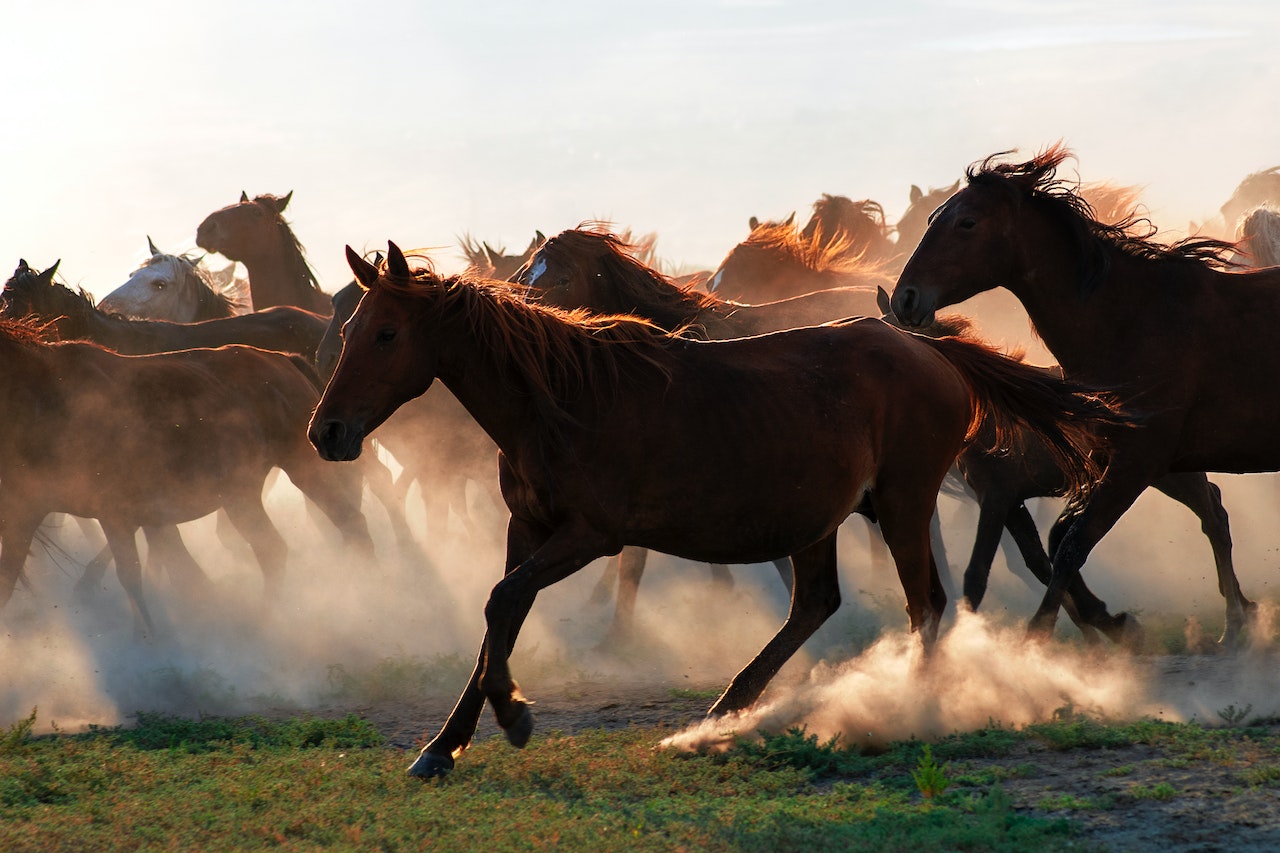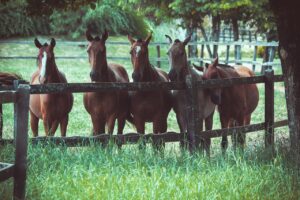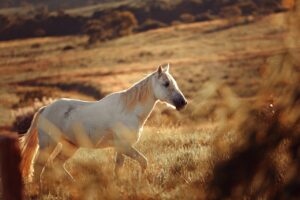FSB, Street No. 22, Punjab, Pakistan
Wild horses, often romanticized for their free-spirited nature and untamed beauty, have captured the imagination of people for centuries. They are symbols of the wild and the open range, but have you ever wondered about the lifespan of these magnificent creatures?
In this article, we will delve into the factors that influence the longevity of wild horses, their natural habitat, and the conservation efforts in place to ensure their survival.
The Habitat of Wild Horses
Wild horses can be found in a variety of habitats around the world, including the vast prairies of North America, the plains of Africa, and the grasslands of Australia. These environments provide the necessary resources for their survival, including food, water, and shelter. Understanding their habitat is essential to understanding their lifespan.
Lifespan of Wild Horses
On average, wild horses have a lifespan of 15 to 20 years. However, a number of variables can dramatically alter this. These horses face numerous challenges and threats in the wild, which can significantly impact their longevity.
Factors Influencing Wild Horse Lifespan
Diet and Nutrition: Proper nutrition is essential for the health and longevity of wild horses. A lack of food or access to clean water can lead to malnutrition and decreased lifespan.
Predation and Threats: Wild horses face threats from predators such as mountain lions and wolves. Their ability to evade these threats can influence their lifespan.
Reproduction and Survival Rates: The birth rate and survival of foals play a crucial role in the overall population and, indirectly, the lifespan of the herd.
Wild Horse Health: Diseases and injuries can significantly impact the health and lifespan of wild horses. Their ability to heal and recover is essential.
Diet and Nutrition
Wild horses are primarily herbivores, grazing on grasses and plants. Their diet is rich in fiber and essential nutrients. Access to a varied and nutritious diet is essential for their well-being and longevity.
Predation and Threats
In the wild, wild horses must always be on guard against predators. They employ their sharp instincts and group dynamics to protect themselves and their young from potential threats, ultimately affecting their lifespan.
Reproduction and Survival Rates
The reproduction of wild horses is a critical factor in their overall population. Foals have a higher mortality rate due to predation, disease, and environmental challenges. Understanding these rates provides insights into the horse population’s future.
Wild Horse Health
The health of wild horses is directly linked to their lifespan. Injuries, diseases, and the availability of veterinary care in their habitats all impact the overall well-being of these animals.
Management and Conservation
Conservation efforts are vital to the preservation of wild horse populations. We will explore various methods and initiatives aimed at safeguarding their habitats and ensuring the sustainability of their populations.
Historical Significance
Wild horses have played significant roles in human history. We will look at their cultural and historical importance and their impact on the development of societies around the world.
Human Interaction
The influence of humans on wild horse populations is substantial. We will discuss the challenges posed by human activities such as habitat destruction, capture for domestication, and management strategies.
Captive vs. Wild Horses
Comparing the lifespans and living conditions of wild horses to their captive counterparts reveals crucial differences. This section explores the impact of captivity on their longevity.
Case Studies
Examining specific cases of wild horse populations will provide insights into the challenges and successes of preserving these majestic animals.
The Mustangs of America
The mustangs of North America, particularly in the United States, are iconic symbols of freedom. Their history and the challenges they face in the modern world will be explored.
Conclusion
Wild horses, living symbols of the untamed spirit of the wild, face various challenges that can influence their lifespans. Their resilience can be shown in their capacity to adjust to new situations and endure them. Through conservation efforts, we aim to ensure that these magnificent creatures continue to roam the wild for generations to come.
FAQs
Are wild horses endangered?
Wild horses are not considered endangered but face various conservation challenges in different regions.
Do wild horses have any natural predators?
Wild horses face threats from predators such as mountain lions and wolves.
How do wild horses adapt to harsh environments?
Wild horses have evolved with specific adaptations that help them thrive in challenging habitats.
What distinguishes horses that are wild from those that are feral?
Wild horses have never been domesticated, while feral horses are descendants of domesticated horses that have reverted to a wild state.
Are there any international conservation efforts for wild horses?
Yes, there are international organizations and initiatives dedicated to the conservation of wild horse populations worldwide.




